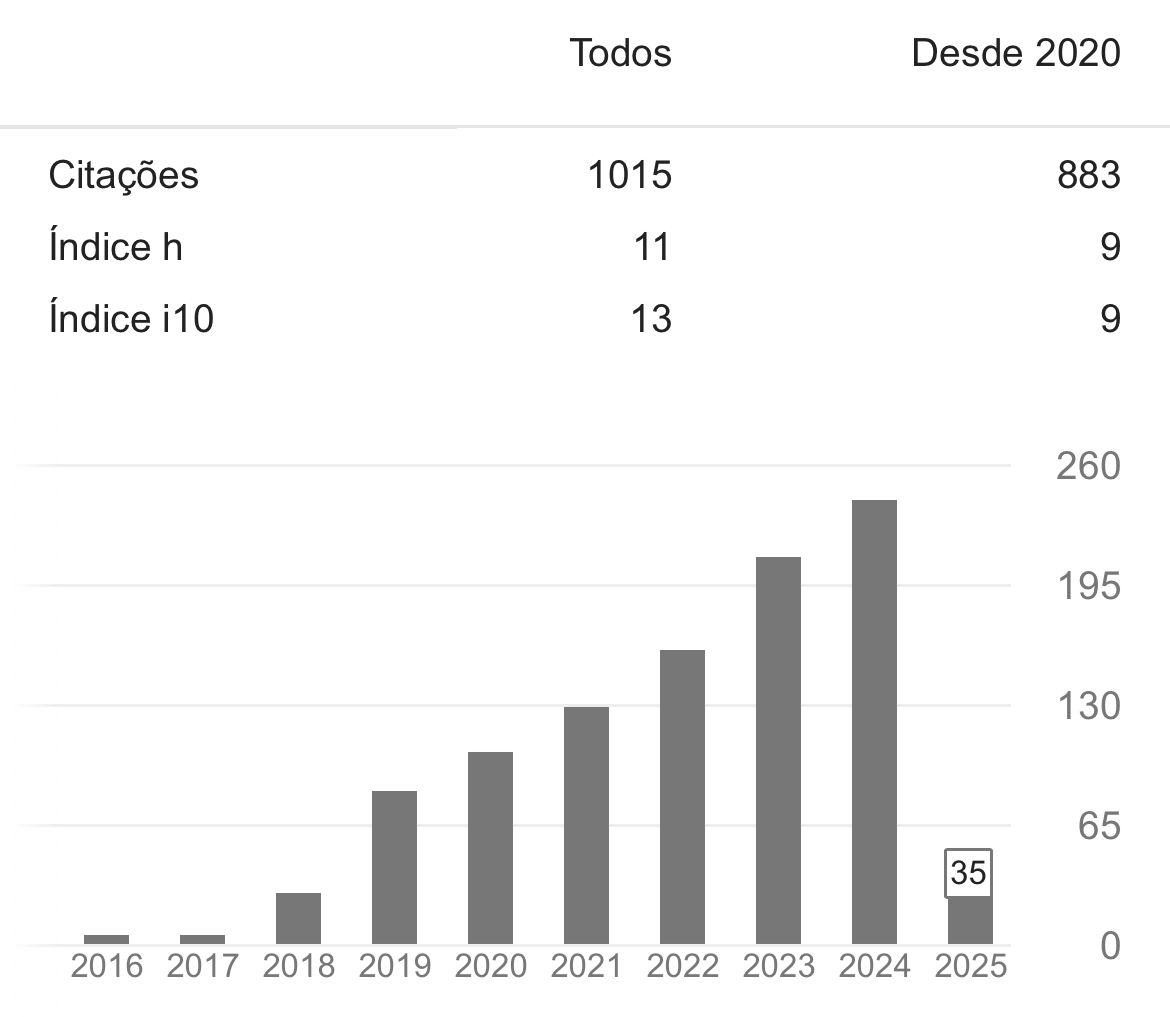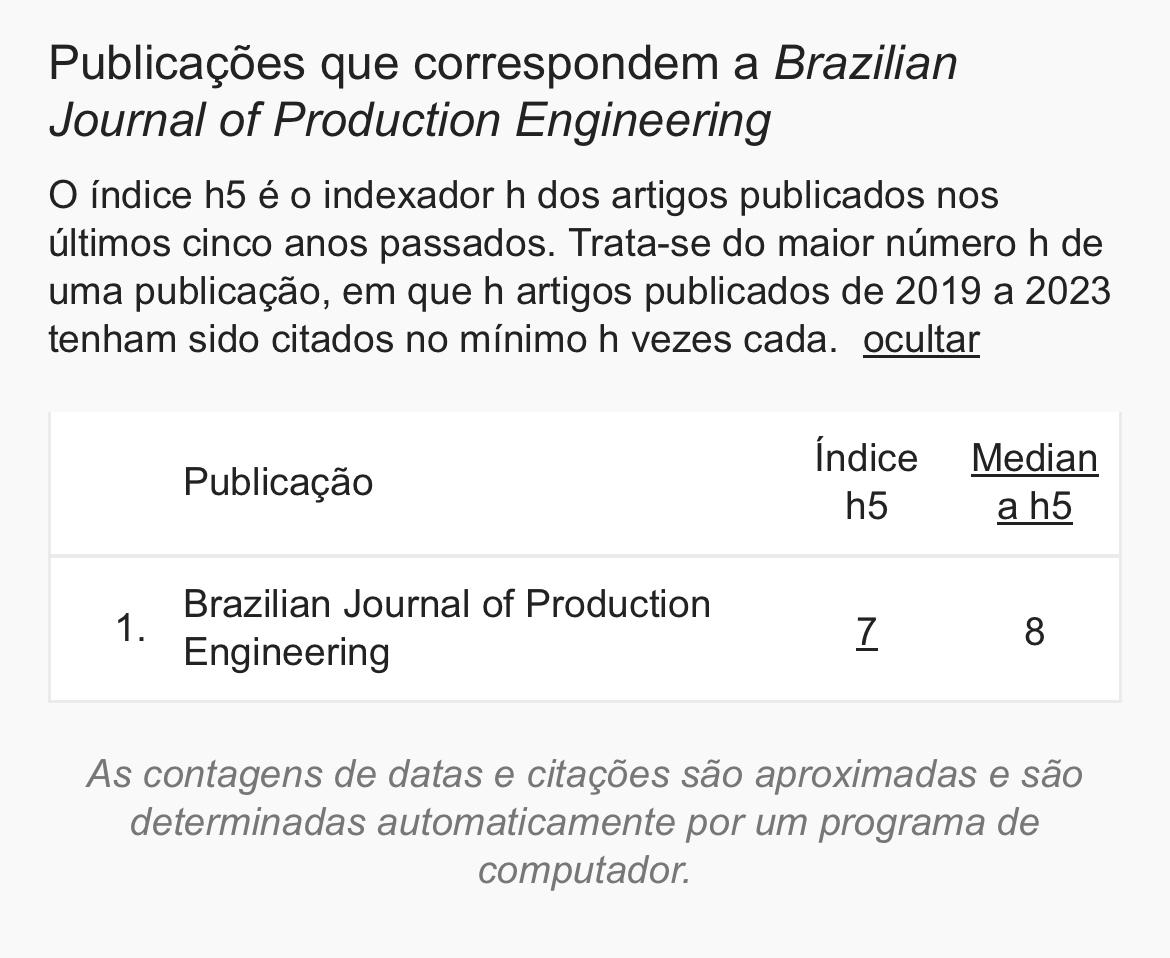Análisis de factibilidad de mantenimiento vial con software de gestión de piso: aplicación del hdm-4 en la carretera BR 010 / MA
Palabras clave:
Rodovias; Gestão; Pavimento; Conservação; Manutenção.Resumen
El momento oportuno de las intervenciones, con un proceso racional de selección de tramos prioritarios, genera una asignación eficiente de las inversiones, priorizando el mantenimiento preventivo y las correcciones menores y trayendo beneficios a toda la sociedad. Para ello, se utilizó el Sistema de Gestión de Pavimentos (SGP) como herramienta para el mejor seguimiento y gestión de los recursos para la infraestructura vial, especialmente en la Carretera Federal BR-010/MA, tramo km 260,8 al km 319,8. Se identificaron las anomalías existentes en el segmento de estudio, informando las causas de su aparición. Luego, a través del SGP, se planteó una solución para corregir los problemas encontrados, buscando el mejor costo beneficio. En cuanto a la situación del pavimento, se observó que el hecho de estar sin contrato de mantenimiento durante cinco meses, en época de lluvias en la región, aceleró el proceso de deterioro, demostrando la necesidad de una política de inversión continua y una gestión eficaz de los recursos. y corroborando la hipótesis de implementar el SGP para tener interferencia en el momento adecuado, generando menores gastos para las arcas públicas, usuarios de la vía y consumidores finales al reducir el costo del flete. Además de un menor impacto en el medio ambiente. La alternativa con mejor Tasa Interna de Retorno (TIR) es CREMA 2. En el primer tramo, la TIR es de 288,2, un 68% superior a Restauración y un 107% superior a Reconstrucción. En el segundo tramo, la TIR es de 388,6, un 72% superior a la Restauración y un 198% superior a la Reconstrucción.
Descargas
Citas
Aramayo, L. S. J., Fontenele C.A.P. (2019). Escala visual para evaluación de pavimentos urbanos: uma validación em oficina. Revista Ingeniería de Construción. 34(1). Santiago, Abril 2019. Disponível em https://scielo.conicyt.cl/scielo.php?script=sci_arttext&pid=50718-508. Acesso em 23/04/2020.
BRASIL (2005). Manual de Conservação Rodoviária. Departamento Nacional de Infraestrutura de Transportes, Diretoria de Planejamento e Pesquisa, Coordenação Geral de Estudos e Pesquisa, Instituto de Pesquisas Rodoviárias, 2 ed., 564p.
BRASIL (2011). Manual de Gerência de Pavimentos. Departamento Nacional de Infraestrutura de Transportes, Diretoria Executiva, Instituto de Pesquisas Rodoviárias, 189p.
BRASIL (2003). Norma DNIT 007/2003-PRO - Levantamento para avaliação da condição de superfície de subtrecho homogêneo de rodovias de pavimentos flexíveis e semirrígidos para gerência de pavimentos e estudos e projetos, Procedimento. Departamento Nacional de Infraestrutura de Transportes, Diretoria de Planejamento e Pesquisa, Coordenação Geral de Estudos e Pesquisa, Instituto de Pesquisas Rodoviárias.
BRASIL (2003). Norma DNIT 008/2003-PRO - Levantamento visual contínuo para avaliação da superfície de pavimentos flexíveis e semirrígidos, Procedimento. Departamento Nacional de Infraestrutura de Transportes, Diretoria de Planejamento e Pesquisa, Coordenação Geral de Estudos e Pesquisa, Instituto de Pesquisas Rodoviárias.
BRASIL (2003). Norma DNIT 009/2003-PRO”, Avaliação subjetiva da superfície de pavimentos flexíveis e semirrígidos para gerência de pavimentos e estudos e projetos, Procedimento - Departamento Nacional de Infraestrutura de Transportes, Diretoria de Planejamento e Pesquisa, Coordenação Geral de Estudos e Pesquisa, Instituto de Pesquisas Rodoviárias.
Fonseca, L.F.S., (2013). Análise das soluções de pavimentação do programa CREMA 2ª etapa do Departamento Nacional de Infraestrutura de Transportes. Projeto aplicado (mestrado), UFRJ/COPPE/Programa de Engenharia Civil, 226p.
Lakatos, E.M, Marconi, M.A., (2003). Fundamentos da metodologia científica, Atlas. São Paulo-SP.
Macea-Mercado, L.F., Morales, L. Márquez-Díaz, L.G. (2016). Un Sistema de Gestión de Pavimentos basado em nuevas tecnologias para países em vía de desarollo.” Revista Ingeniería, Investigación y Tecnología. 17(2). México abr/jun 2016. Disponível em http://www.scielo.org.mix/scielo.php?script=arttext&pid=S1405-7. Acesso em 23/04/2020.
Meza López, J.M, (2010). Modelagem do trincamento de misturas asfálticas pelo método dos elementos discretos. Projeto aplicado (mestrado), Pontifícia Universidade Católica do Rio de Janeiro, Departamento de Engenharia Civil, 114p.
Ramos, M.M, (2018). Gerenciamento de pavimentos flexíveis – acompanhamento de um caso real de estudo: Rodovia BR 010/MA. Projeto aplicado (mestrado), Instituto Politécnico da Guarda, Escola Superior de Tecnologia e Gestão, 206p.
Descargas
Publicado
Cómo citar
Número
Sección
Licencia
Derechos de autor 2020 Brazilian Journal of Production Engineering - BJPE

Esta obra está bajo una licencia internacional Creative Commons Atribución-NoComercial-CompartirIgual 4.0.

















































































